- | 9:00 am
This is why we’re falling back in love with clear tech
The resurgence of transparent tech is not only about nostalgia but also a form of rebellion against the monotonous sea of identical-looking gadgets.
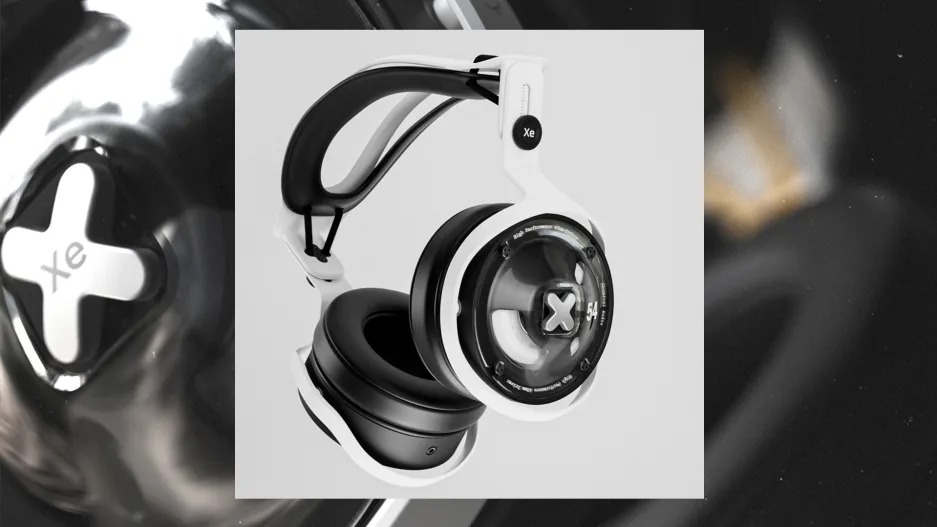
Transparent technology isn’t a new phenomenon. With roots in a pragmatic need for surveillance (umm . . . in the prison), its integration into mainstream electronics, and the current resurgence led by a new phone company, the history of this trend is both captivating and revealing (pun intended).
Let’s take a closer look. (Pun intended again . . .)
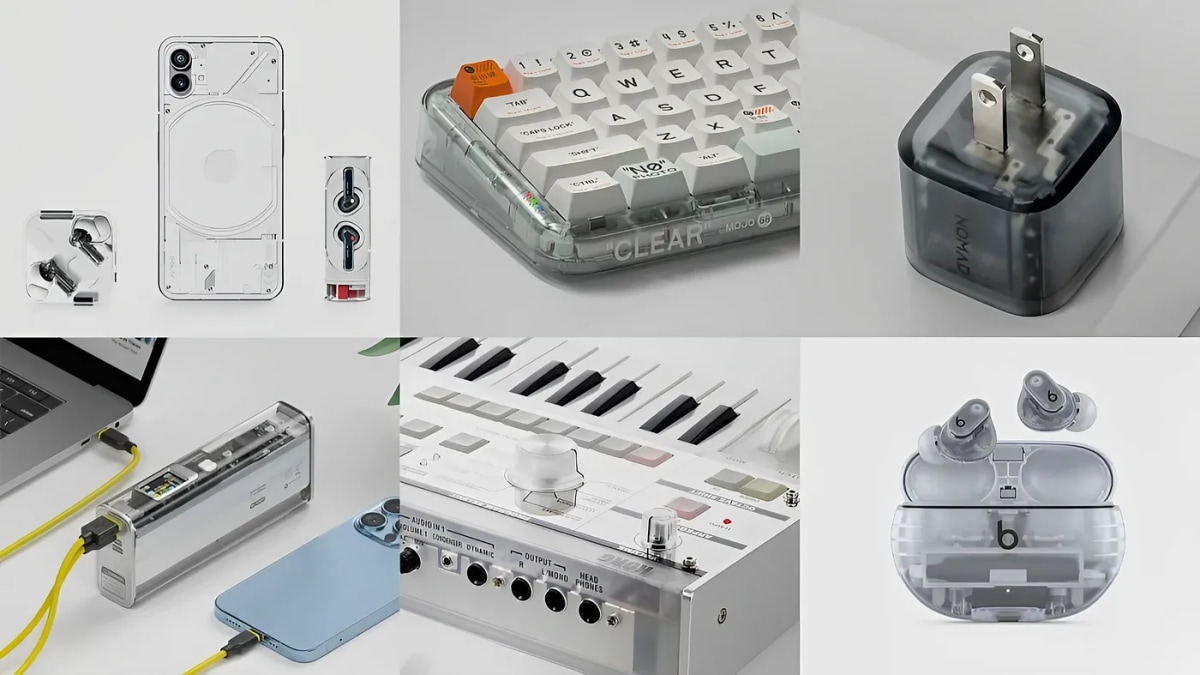
A UTILITARIAN START IN THE PRISON TECH ERA
The adoption of clear plastics in technology began in an unlikely place—prisons. In the 1970s and ’80s, clear plastic products such as televisions and radios were introduced into prison environments. This decision was largely due to security concerns; clear plastic casings made it difficult for inmates to hide contraband within the devices, making them a practical solution in these high-surveillance settings. From TV’s to Sony Radios, almost every piece of technology was packaged in a clear plastic housing and routinely inspected through disassembly and assembly.
Clear tech at this time also reflected broader societal changes, as concerns about security and surveillance became increasingly central in the late 20th century.
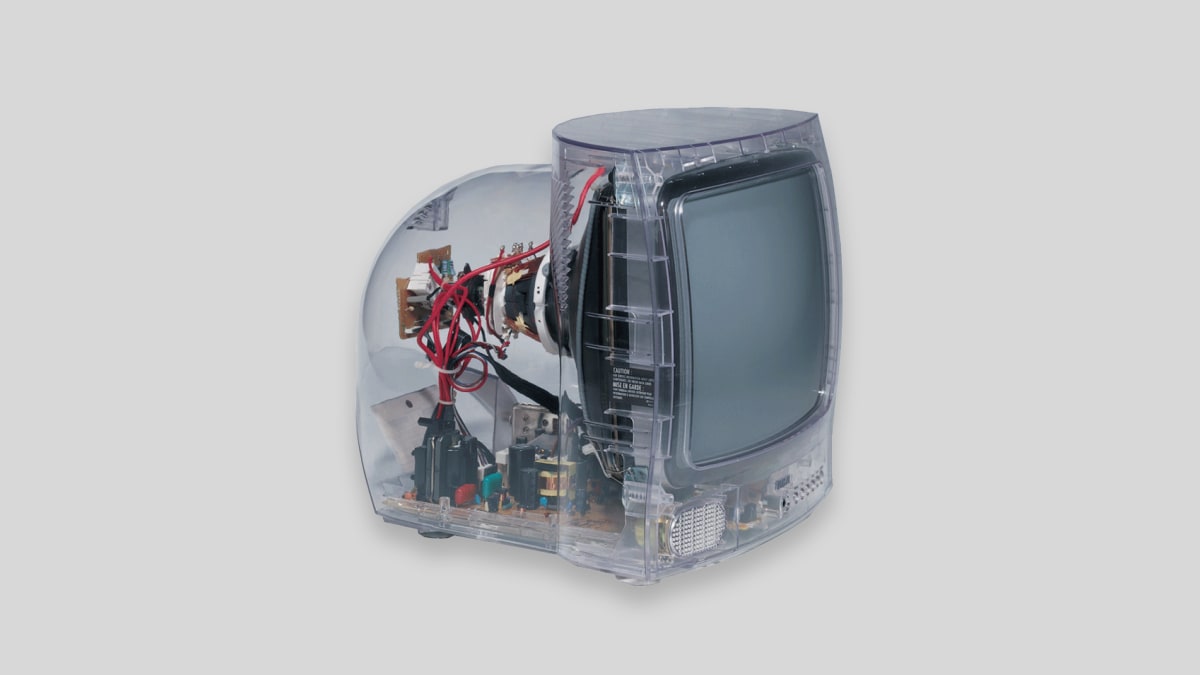
THE RISE IN POPULARITY WITH THE TRANSPARENT TREND OF THE 1990S AND 2000S
The idea of see-through electronics quickly broke free from its prison-tech roots and entered the consumer electronics market in the late ’90s and early 2000s. This was driven by a combination of cultural and technological shifts.
On the cultural side, the late ’90s were characterized by a fascination with transparency, reflecting society’s increasing interest in openness, truth, and authenticity. The concept of seeing the “inner workings” of things aligned with this era’s zeitgeist. In a society caught up in the excitement of rapid technological advancement, transparent tech offered a visual representation of these advancements, a “peek under the hood” that resonated with consumers.
On the technological side, advancements in plastics and manufacturing technologies were crucial. Polycarbonate plastics, which were durable, affordable, and could be made cloudy or tinted, became widely available. Companies started to capitalize on these materials and the cultural trend towards transparency, using clear plastics to create visually striking products.
Iconic examples of this trend include the iMac G3 from Apple, with its translucent, candy-colored cases and Nintendo’s Gameboy Color, which offered a clear-cased version (The purple one being the coolest, right?). These products were not just functional devices; they stood out, they were playful and unique, and they became symbols of the Y2K aesthetic—bold, futuristic, colorful, and well, “rebellious.”
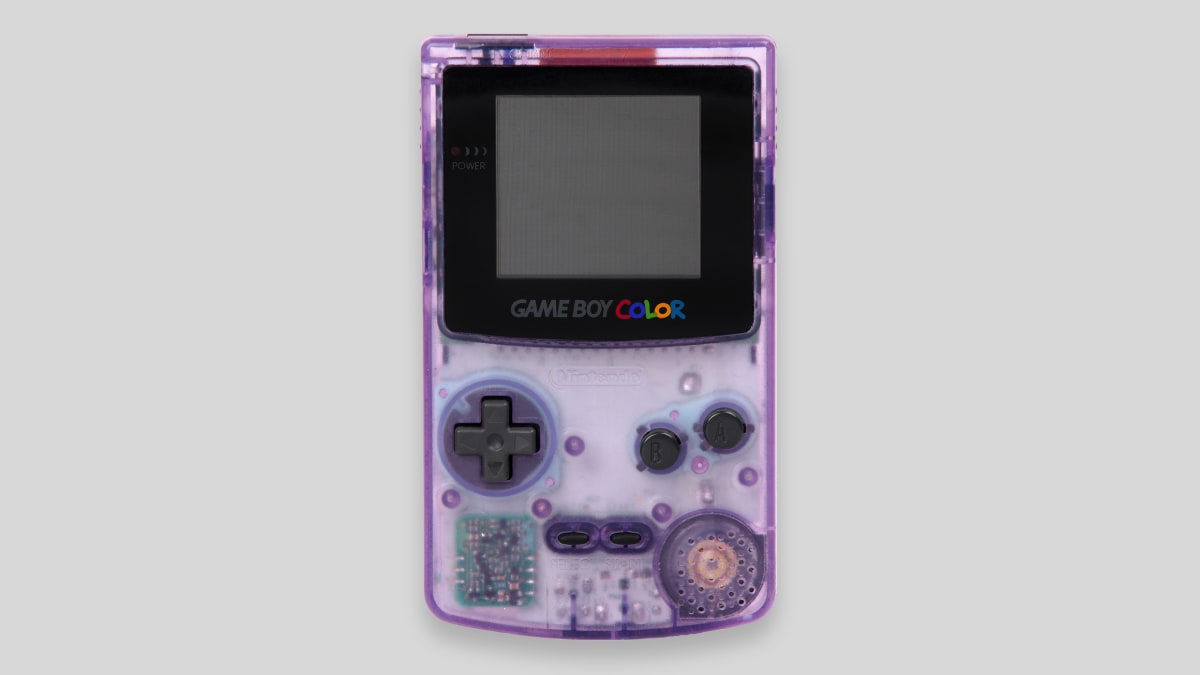
THE FADE OUT AND RESURGENCE
However, like all trends, the fascination with clear tech started to wane. As technology became more sophisticated, there was less novelty in seeing the inner workings of electronic devices. By the mid-2000s, the trend towards minimalistic and sleek design took over, marking a shift away from the playful, colorful, anti-corporate aesthetic of the Y2K era. People wanted their devices and technology to blend in. Apple, Logitech, LG, Samsung, and Sony all produced products that were subdued, minimal, and mature in nature. Come 2010s, our cars became simpler and cleaner, too.
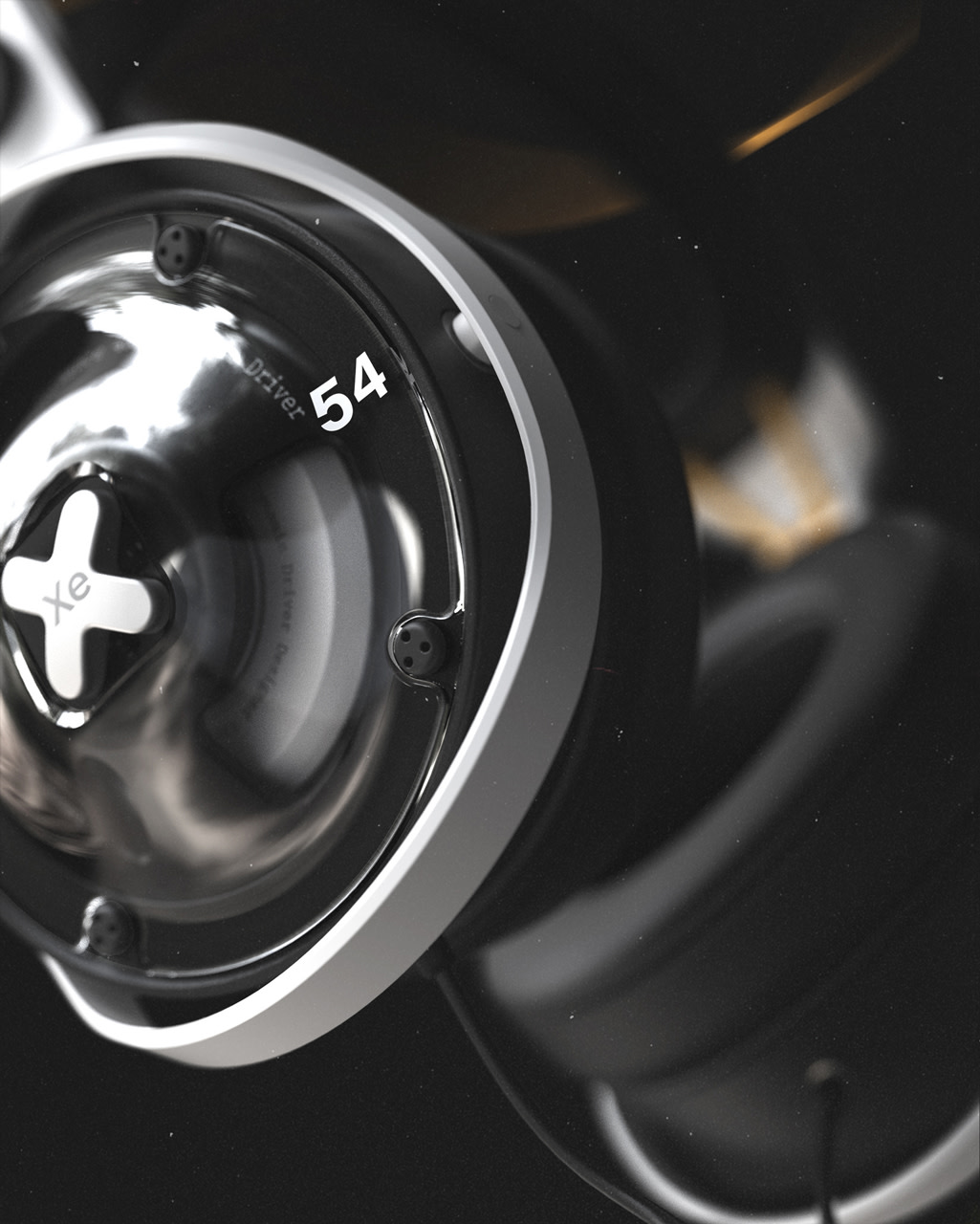
But now in the 2020s, Clear tech is making a strong comeback. Today, the resurgence of transparent tech is not only about nostalgia but also a form of rebellion against the monotonous sea of identical-looking gadgets—the Nothing Ear, for example.
In an interview, founder Carl Pei explained that their choice of transparent design was to express the company’s mission of removing barriers between people and technology. They have since launched multiple earplugs and last month launched the Phone with a clear back.
Beats, which is owned by Apple, released Studio Buds+ in a transparent cloudy plastic material a few weeks ago. With the press that this product got, it’s fair to say, most tech enthusiasts are super excited. Korg also announced their 20th anniversary MicroKorg Synth in a “Crystal” CMF a couple of months ago. They say it “blurs the limits between you and your instrument.” This is big, because the microkorg is the biggest selling synth of all time. Below are some more brands you should keep an eye on.
BRANDS TO WATCH
- Dbrand — They have moved on from just skins to actually making after market physical plastic parts for mainstream tech devices. Interesting business model—taking personalization to another level.
- Kano — The makers of the Stem Player for Kanye, Kano Tech also makes laptops, tablets, and gadgets in clear plastic housing.
- Sharge — They sell a transparent power bank at a heavy 200 bucks price tag among other clear tech accessories. I have seen these on social media and they look incredible.
A CULTURAL MIRROR IN OUR GADGETS
“Nothing” has sold more than one million units so far. And my hunch is, Beats Studio Buds+ will make some serious waves, too. They’ve nailed this nostalgia vibe that’s a massive hit with folks like us. At the same time, clear tech stands as a banner of individuality in a sea of identical devices, allowing consumers to express their unique identities. The timing of all this is a deeper commentary on our culture today.
You see, clear tech isn’t just a blast from the past; the “see-through” visual is actually a neat symbol for openness and honesty, something we’re all craving a bit more of these days, especially with all the chatter about privacy, corporate dark patterns, etc.
I personally feel it’s really striking a chord with the DIY crowd who love tinkering and understanding how stuff works. With Europe’s rising push for reparability, the idea of showing people/DIYers what’s under the hood is a sign that companies are thinking about corporate transparency, providing not only more trust/confidence to people but also a deeper sense of appreciation, showcasing what goes into building complex devices.
This tweet from Carl Pei sums up what it takes to manufacture clear devices (Spoiler: It’s not easy.)
Clearly (pun intended), It’s a sign of how we’re shifting as a culture—taking a walk down the memory lane, celebrating our individuality, advocating for trust, and geeking out on tech. Pretty exciting times.
EXCITING OPPORTUNITIES FOR BUILDING IN THIS SPACE:
- Transparent Apps: The app world could greatly benefit from this. Just like hardware is built on electronics, apps are built on code. What does this juxtaposition look like? There is an opportunity to create a strong aesthetic direction that breaks free from monotonous design systems.
- Ownable CMF: What “Nothing” is to transparent, your company could be to a stylistic choice. When searching for transparent tech, Nothing pops up again and again. This is good for SEO and for subtly owning a material. Marshall does this really well, too, and so does Rimowa. Think about what your company can boldly “own” instead of simply blending in.
Sushant Vohra is a Seattle-based designer and the founder of Young Designers India.
This article originally appeared on Medium and is reprinted with permission by the author.





































